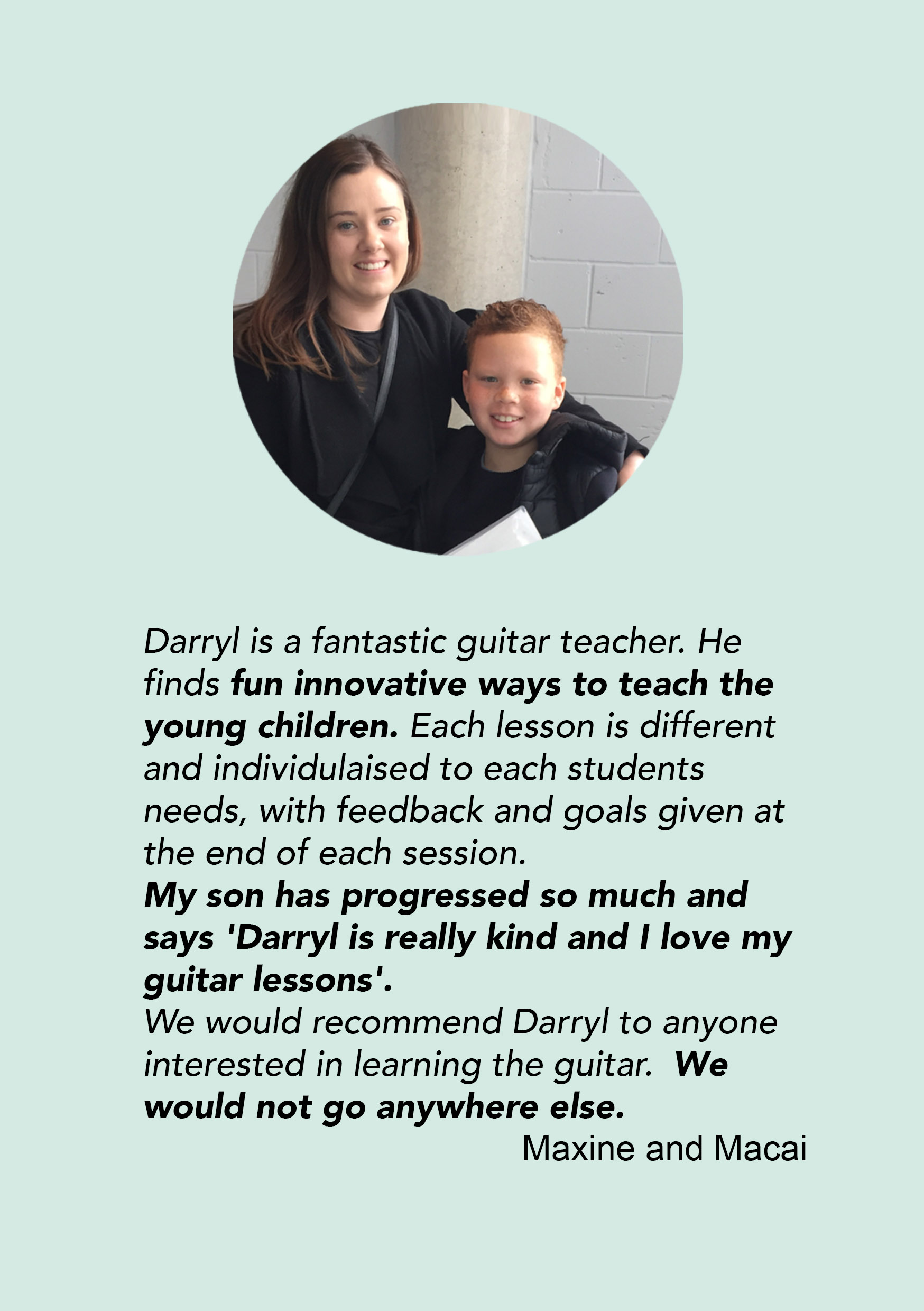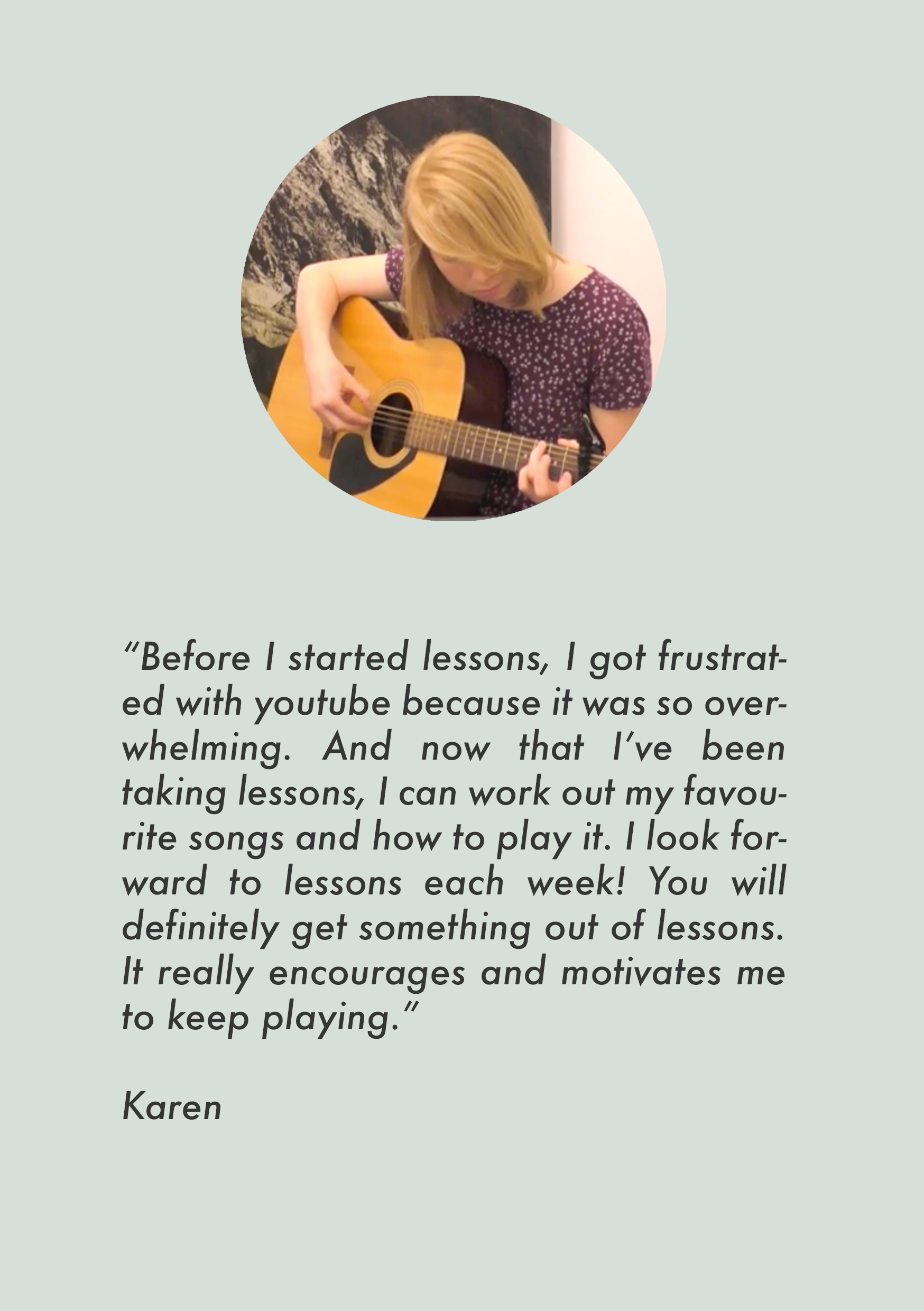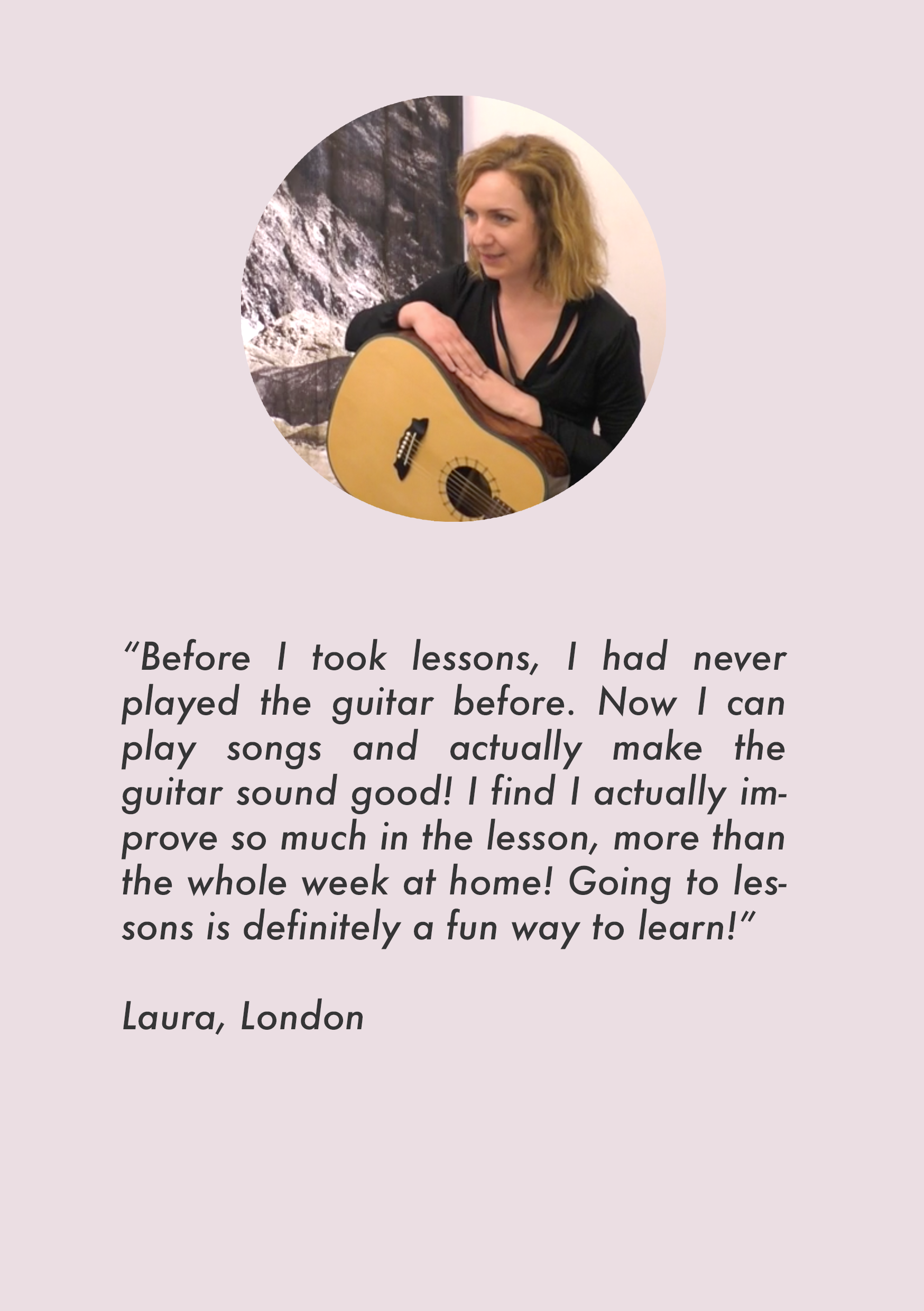What Are Scales And Why Do We Need To Learn Them?
/What Are Scales And Why Do We Need To Learn Them?
When we start to learn guitar we hear that we need to learn scales and that is certainly true. But why do we actually need to learn them, what will we use them for and how many scales do we actually need to learn?
What is a scale?
A scale can be defined as a group of notes that progress one after the other and have a certain structure. You are probably aware that each fret on the guitar equals a half-step (or semi-tone) and that two frets equal the distance of a whole step (or whole tone). A half-step is the smallest distance we can travel on the guitar fretboard. Now, this distance of half and whole tone distances is what I mean we I say that the group of notes follow a certain structure. It means that sometimes there is a half step from one note to the next in the group and sometimes there is a whole step. These relationships of when a whole step and when a half step occurs are really important, because they are the blueprint of the scale. Just like an architect has uses a blueprint for building a certain type of house, musicians have a blueprints to construct different types of scales.
So, the different arrangements of half and whole steps between the scale notes, create the different sounds that scales have.
To construct a Major scale, for example, we have to use the following blueprint. Let´s construct a major scale in the key of C Major. To do this, we start on the root note of C. Root note means that this note is our home base from which we start.
Let us do this from the A string, third fret, which is C:
C - we move up a whole step (or two frets) and reach the next note D
D - again, we move up a whole step (two frets) and reach the next note E
E - we move up a half step (one fret) and reach F
F - we move up a whole step (two frets) and we reach G
G - another whole step (two frets) and we arrive at A
A - once again, we take a whole step (two frets) and come to B
B - here, we take a half step and reach the note, which is again C
C - and here we are at the starting note again, just one octave higher
By traveling this specific arrangement of whole and half steps, we have constructed a major scale on the A string. If you follow the exact order of half and whole steps we took, but start on a different root as your starting point, you can construct any major scale.
Now, one might say:
Why do I have to move in that specific sequence?
Can I not choose a different arrangement of half steps and whole steps? Yes you can, but you will get a different sounding scale by doing that. The major scale is generally classified as happy sounding and when you start to change the order of half and whole steps between the notes, you will create a scale that might sound sad or mysterious or just simply bat shit crazy and this is the magic of learning scales.
Imagine scales like different colours on a painter´s palette. Each scale you learn gives you more colours you can choose from and this will give you more possibilities to paint beautiful and interesting pictures. Imagine you are a painter and you only have one or two colours on your palette. Your two colours might be great, but you will be more limited in what feelings and emotions you can express with these two colours in comparison to a painter that has ten or more colours at his disposal.
What are scales used for?
Scales are used to create guitar solos, melodies, bass lines and also chords are derived from scales thus you can say that scales are a foundation of creating music.
How many scales do we need to learn then? That depends on what you want to play and on the amount of variety you wish to have at your disposal when you play. If you want to play straight up blues, you can get away with very little in terms of learning scales. You will need to learn a few scales, learn to mix them and get the most out of them to express your emotions.
If you want more colours on your palette and create melodies that sound Japanese, middle eastern or have a mixture of different emotions other than the blues/rock sound, you will need to learn more scales to accomplish getting that sound.
About the author:
Derk Stiepelmann runs the guitar school Songwriter´s Shed and offers guitar lessons in Dortmund, Germany.

















